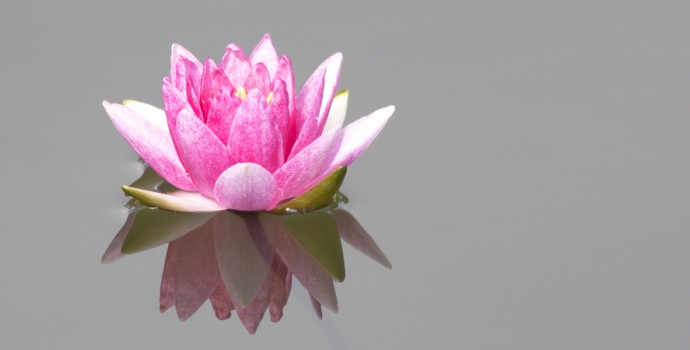
There may come a time in your life when you are physically unable to unroll your mat and practice the beautiful yoga poses that you’ve come to know and love.
Maybe it will be an injury, a high-risk pregnancy, or a sick child that needs your attention. Maybe it will be a challenging time that you can’t even imagine right now. How will you handle this? Will your day be ruined because your routine has changed? Will your inability to physically practice destroy your spirit? What will happen to your self worth when you are unable to backbend or balance on your hands? Will you feel tremendous disappointment and anger because you have lost this part of your identity? Or will you tap into everything you know about the non-physical aspects of yoga and TRULY begin to practice?
I’ve had to face all of these questions over the past few weeks as my physical yoga practice came to a screeching halt. I didn’t want to give it up, but serious circumstances made it nearly impossible to continue.
Earlier in the month, I moved with my family to Philadelphia to be nearby the children’s hospital, where my 8-year old daughter received a kidney from my husband. Just imagine—two patients, two different hospitals, and lots of stress.
After the transplant, any free time outside of my daughter’s room in the intensive care unit was used to visit my husband in the adult hospital, take a shower and change my clothes. Arm balances weren’t happening; Inversions weren’t happening; Backbends or splits weren’t happening.
In the weeks leading up to the transplant, it certainly crossed my mind that I would probably lose strength and flexibility as I became a full-time caregiver, but once the surgeries began, these concerns slipped away. I was not struggling with a loss of identity as a yogi. On the contrary, I felt like I understood yoga in a new way! I didn’t realize it while it was happening, but over the past year, I internalized a thing or two about the non-physical side of yoga—particularly the yogic principle of non-attachment, or Aparigraha.
What is Aparigraha?
By now, you probably realize that yoga is more than a series of poses. It’s a lifestyle with a full set of philosophies behind it. Aparigraha, or non-attachment, is just one of of the principles of yogic philosophy. When we practice aparigraha, we practice the act of letting go. When we hold tight to anything (i.e., expectations, attachments, people, objects, etc.), the act of clinging weighs us down and makes us captive to whatever it is that we try to possess.
In the example of my own life circumstance, I have been able to move forward with my days peacefully, despite the loss of my physical yoga practice. I’ve been able to do this without disgruntlement or anger because I did not attach my self worth to my ability to practice yoga poses. I was able to enjoy my mat and experience it fully when it was there for me, and now that it isn’t, I’m okay. It will return. I understand that life isn’t static. It is dynamic, often changing, and always providing a new opportunity.
This week, I invite you to practice non-attachment. Let go of your expectations, and see what happens. Enjoy each moment, but do not become a prisoner to the joy of that moment.
-Can you function and thrive, even if your well-laid plans become derailed?
-Can you exercise without expectations for your body?
-Can you lighten your load by ridding your house of physical attachments that weigh you down—old clothes, textbooks that haven’t been used in years, kitchen appliances that don’t fit your lifestyle, etc?
-Can you enjoy your relationships and love fiercely without feeling the need to own or control the people in your life?
Begin practicing aparigraha, and watch your life transform. Good luck!
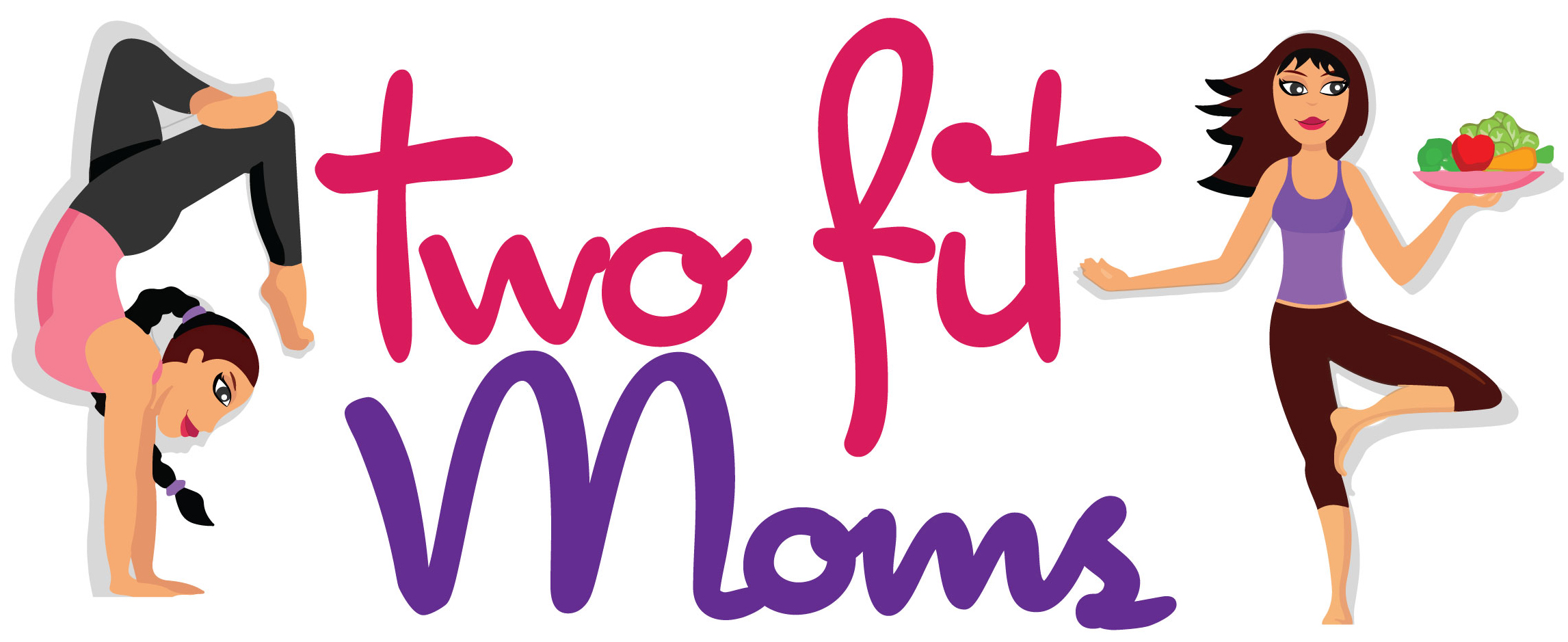
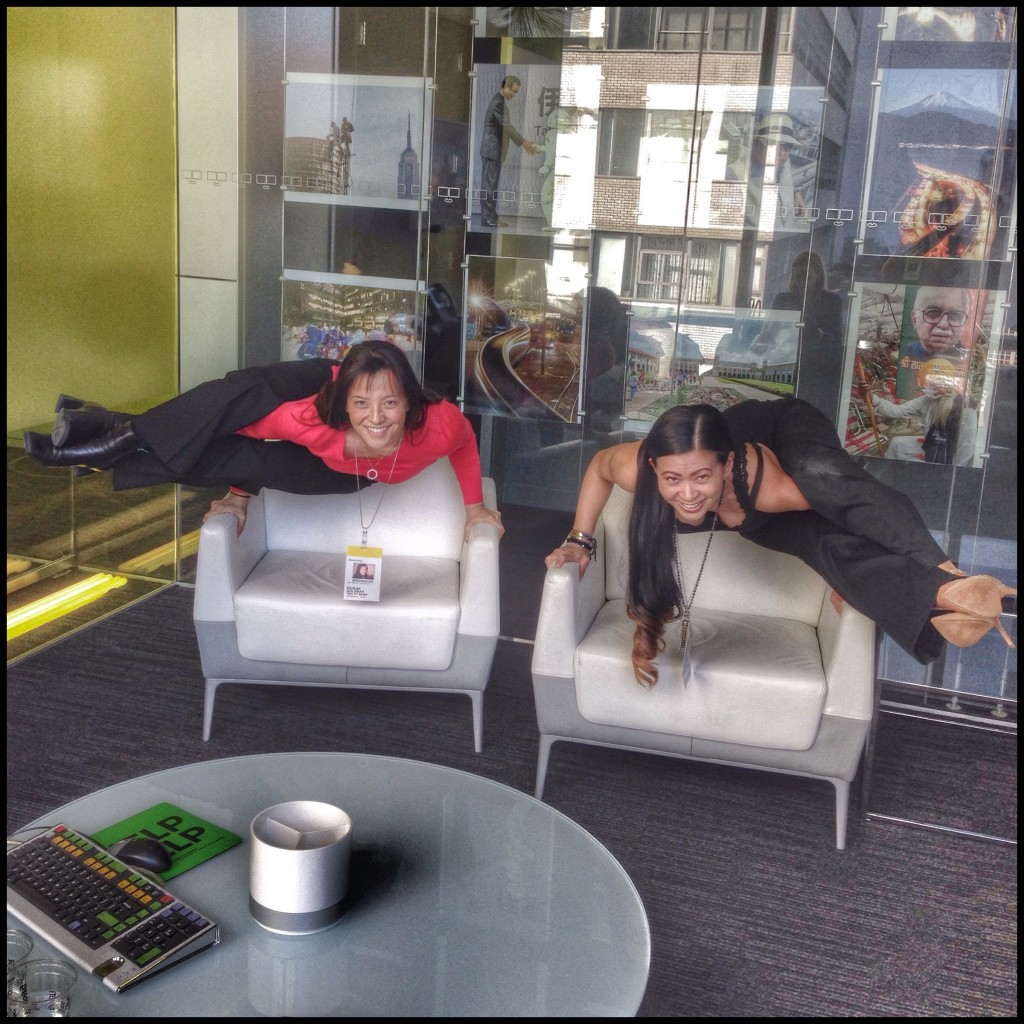






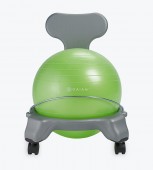
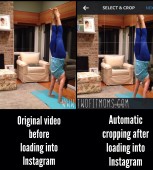

I am a yogini of over 40 years practicing. I am also a yoga teacher and yoga therapist, mother, grandmother and wifel. At one time I thought I had to give up my yoga and I did for a few years. What I learned from that is that there are always moments I public to take a few back bends or standing “down dogs” with hand on the nearest wall. When walking one can create a breath practice to match their pace. All breath practice can b done when sitting with the person you are caring for- and they receive the benefit also. When you return home you CAN do legs up the wall for 5-10 minutes EVEN when you are exhausted. Balance poses work while brushing each side of your teeth. Chair yoga is not only for those with physical limitations. Maybe it is now your work to become fluent in that!
Yes, yoga is a lifestyle far greater than our ability to do prolonged physical practice. You are blessed to learn this early so your practice will deepen, AND leaving out ANY physical practice can take a toll, if only to have you feel it’s loss. Let it be your gift to learn how to practice off the mat. As a result, today my teachings include how to weave asana and pranayama into every day.
May your child and your husband experience a new level of well being . May your family continue to be blessed. May your work in the practice flourish and aid all who receive it. And may this experience draw you to a higher calling and a deeper sense of what the practice can be.
Om shanti, Peace, Peace, Peace
Ann
Thank you for your very kind and thoughtful comment. Much love and peace to you, Ann.
I came back to re-read this post. I needed it today.
Thank you.
Prayers and peace to your family.
I’m so happy that this post has helped you on more than one occasion. Thanks for letting me know, and thank you for the prayers!